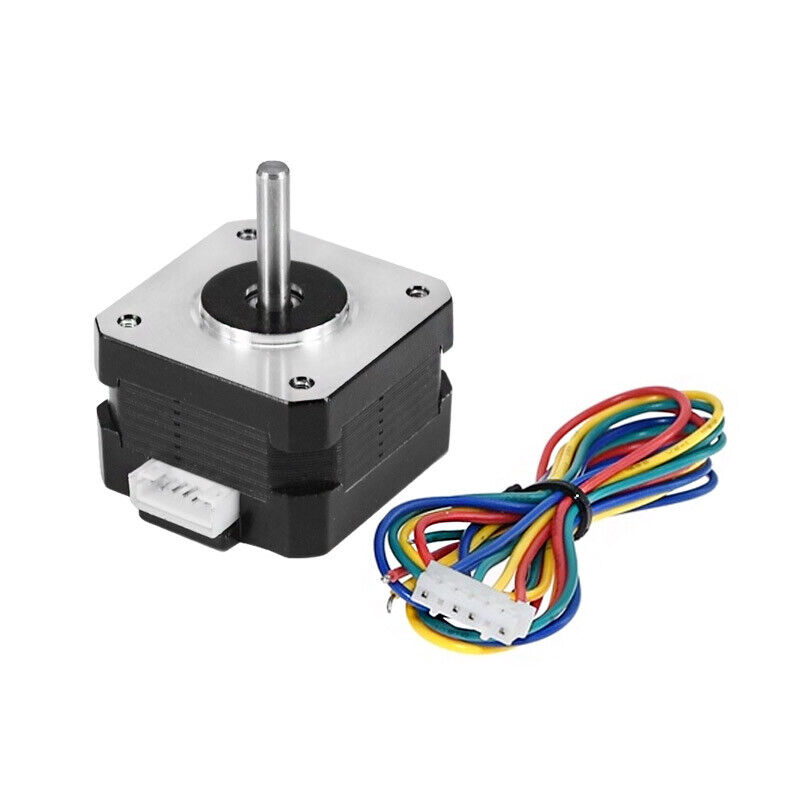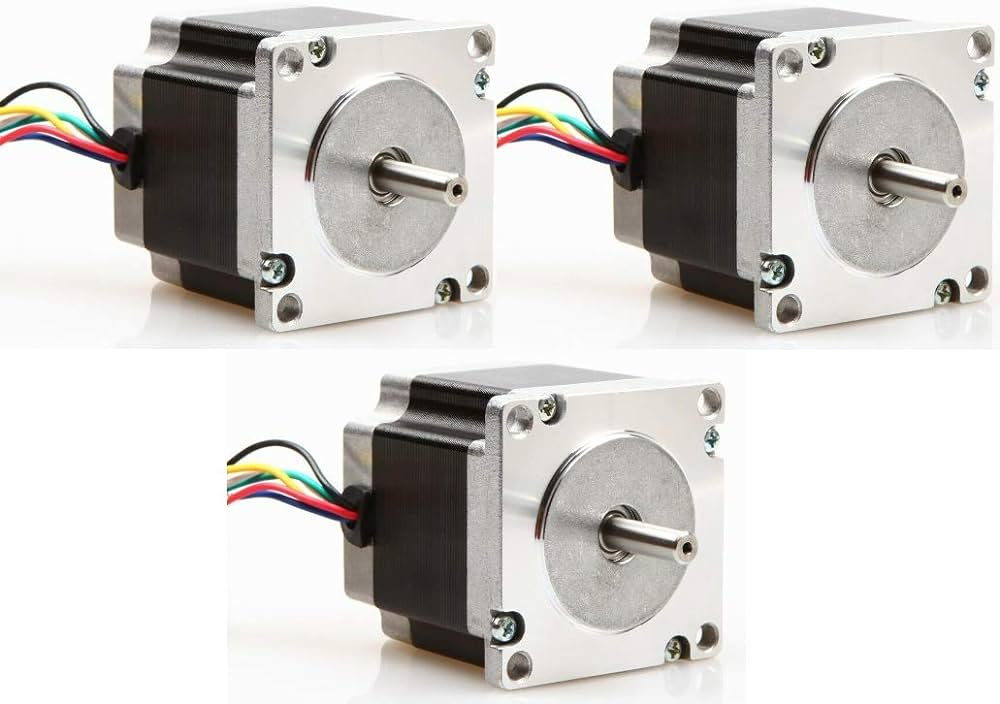Stepper motors play a vital role in the realm of manufacturing and industrial equipment, offering precise control essential for various operations. This article explores the diverse applications of stepper motors and the significance of the MP6602 stepper motor driver in optimizing performance.
Applications of Stepper Motors in Manufacturing and Industrial Equipment
Stepper motors serve as the backbone of numerous manufacturing and industrial processes, powering CNC machines, robotic arms, and conveyor systems. For instance, in CNC machining, stepper motors precisely position cutting tools, ensuring accurate fabrication of components.
In robotic assembly lines, these motors facilitate precise movements, enabling efficient and reliable automation.
Enhancing Performance with the MP6602 Stepper Motor Driver
The MP6602 stepper motor driver stands out for its ability to enhance motor performance significantly. By utilizing microstepping techniques, the MP6602 minimizes resonance effects, leading to smoother operation and improved accuracy.
For example, in 3D printing applications, the MP6602 ensures precise layer-by-layer deposition of material, resulting in high-quality prints with minimal artifacts. Additionally, its compatibility with bipolar or unipolar stepper motors up to 1/32-step modes offers versatility, catering to a wide range of industrial applications.
Key Features of the MP6602 Stepper Motor Driver
The MP6602 boasts several key features tailored for demanding manufacturing environments. Its wide input voltage range of 4.5V to 35V and internal full-bridge drivers provide robust support for various motor configurations.
Moreover, the MP6602 incorporates internal current-sensing and regulation mechanisms, coupled with low on-resistance MOSFETs, ensuring efficient and reliable motor operation even in challenging conditions.
For instance, in industrial packaging machinery, the MP6602 maintains precise control over the movement of packaging materials, optimizing throughput and minimizing downtime. Additionally, its compact design and compatibility with both 3.3V and 5V logic supplies make it a convenient and space-efficient solution for integration into existing systems.
Find motor back options here
Comparison with Similar Stepper Motor Drivers
When comparing the MP6602 with similar stepper motor drivers, such as the DRV8825, several factors come into play. While both drivers offer microstepping capabilities and advanced safety features, the MP6602 distinguishes itself with its wider input voltage range and compact form factor.
For example, in CNC milling machines, where space is limited, the MP6602’s smaller footprint allows for easier integration into control systems. Additionally, its comprehensive safety features, including rotor stall detection and thermal shutdown, ensure reliable operation even in demanding industrial environments, reducing the risk of equipment damage and production downtime.
Considerations for Designing Stepper Motor Drives
Designing stepper motor drives for manufacturing equipment requires careful consideration of various factors to ensure optimal performance and reliability. Engineers must address challenges such as resonance mitigation, accuracy optimization, and thermal management.
By selecting advanced drivers like the MP6602 and implementing robust control algorithms, designers can overcome these challenges and achieve precise motion control in their applications.
For example, in textile manufacturing, where precise yarn tensioning is critical for quality fabric production, the MP6602 enables precise control over the movement of yarn feeding mechanisms, ensuring consistent tension levels and minimizing defects in the final product.
Check out the stepper motor and controller kit offerings
Additional Applications and Considerations
Stepper motors find applications beyond manufacturing and industrial equipment, extending into fields such as consumer electronics, medical devices, and aerospace. In consumer electronics, stepper motors drive camera autofocus mechanisms and printer carriage movements, enabling precise positioning and focusing.
In medical devices, such as MRI machines and surgical robots, stepper motors facilitate the accurate positioning of imaging sensors and surgical instruments, ensuring optimal diagnostic and treatment outcomes.
Moreover, in aerospace applications, stepper motors are utilized in satellite positioning systems and spacecraft propulsion systems, where precise control over orientation and thrust is essential for mission success.
Conclusion
Stepper motors, complemented by advanced drivers like the MP6602, play a crucial role in driving efficiency and precision across diverse manufacturing and industrial applications.
By leveraging the capabilities of the MP6602, manufacturers can achieve enhanced performance, reliability, and flexibility in their operations, ultimately driving innovation and progress in industrial automation.


